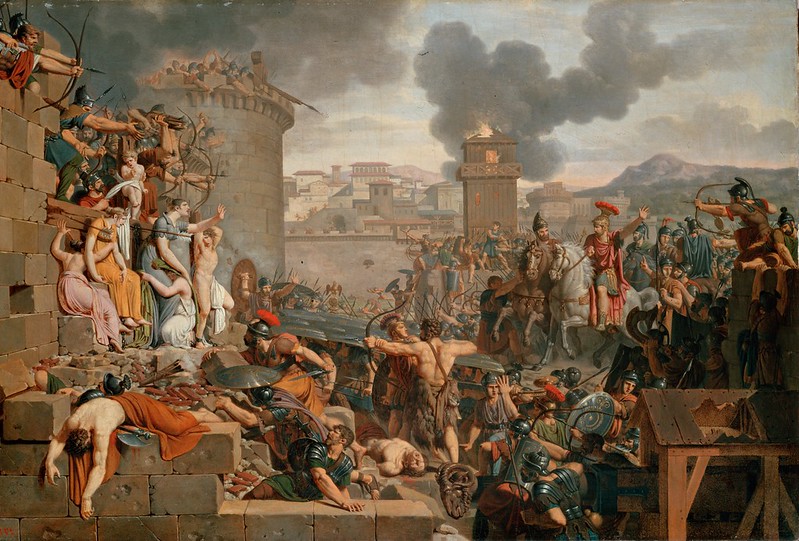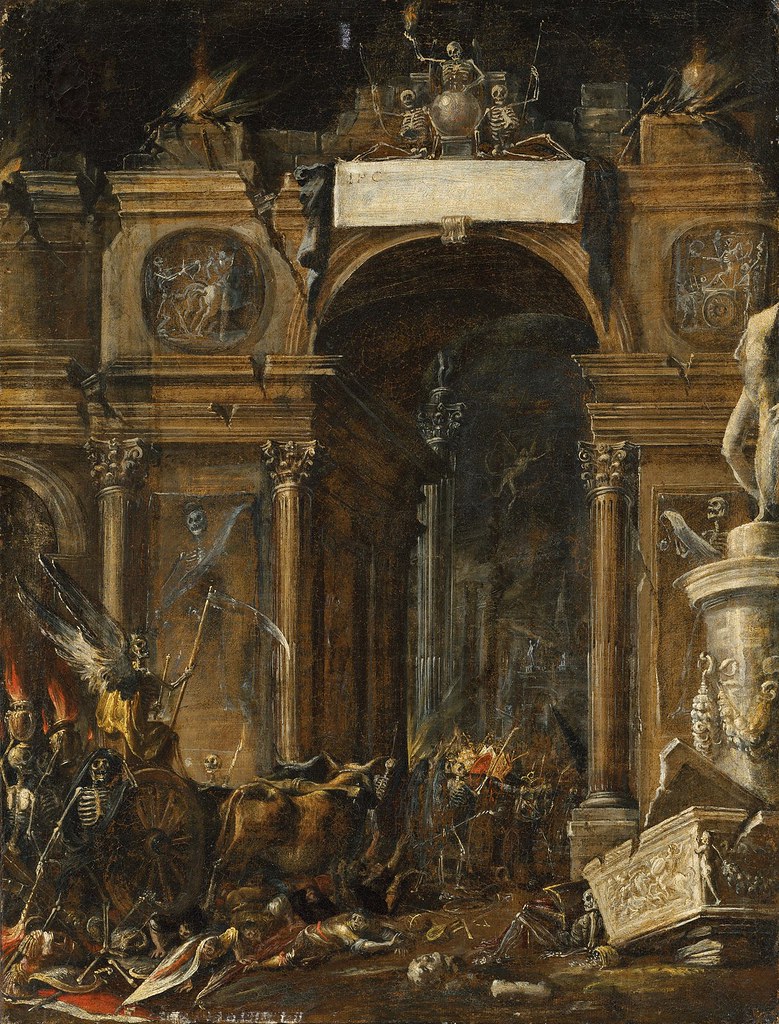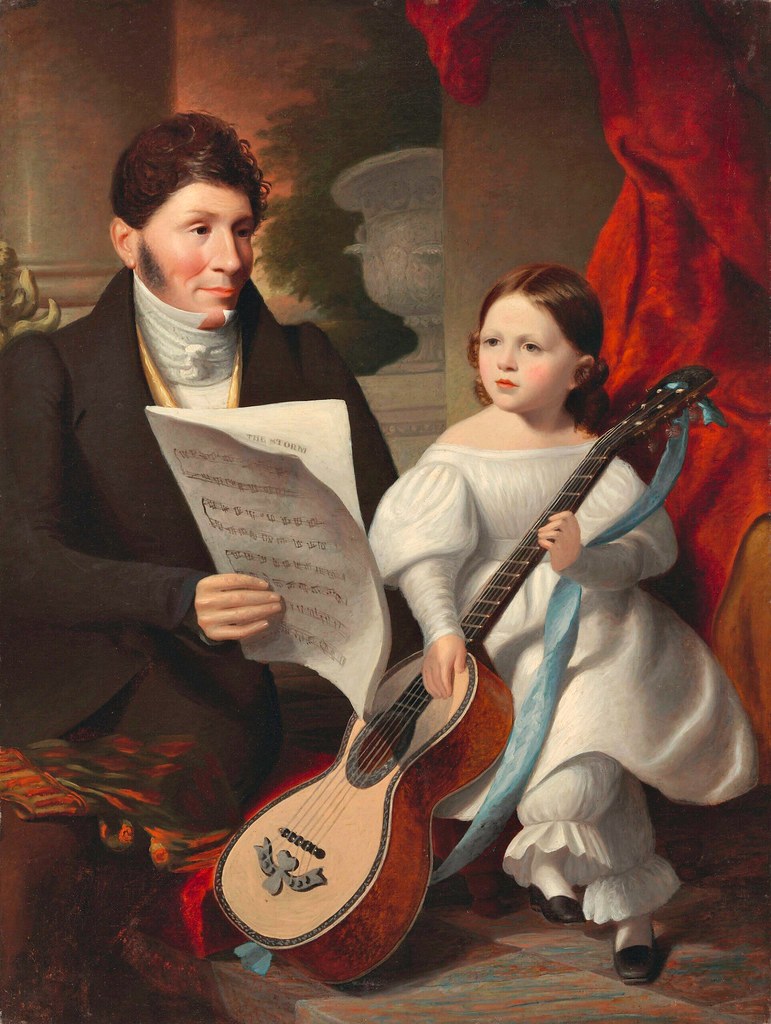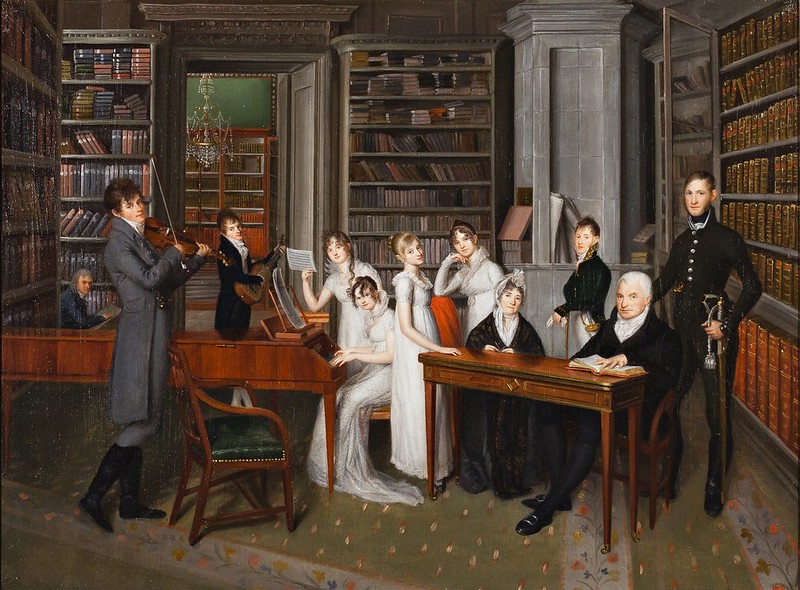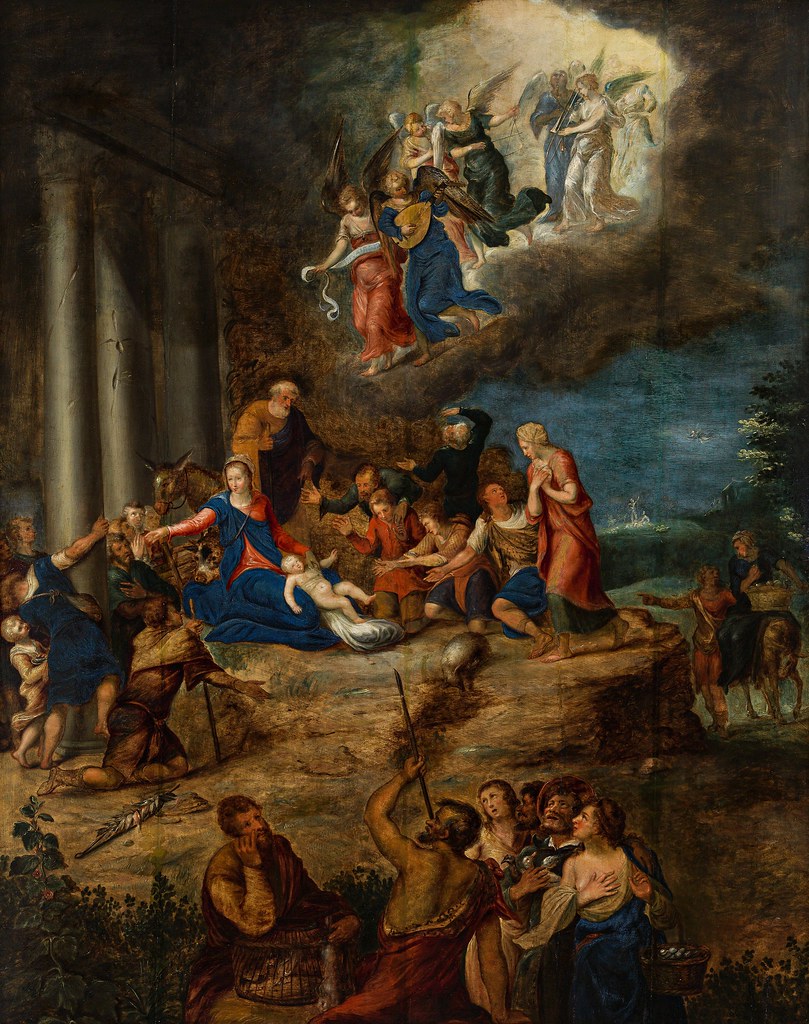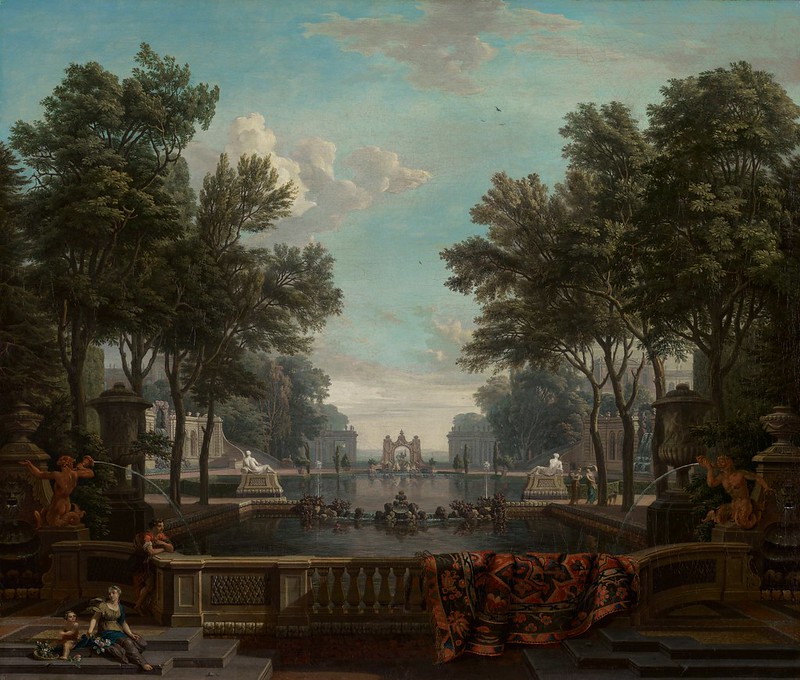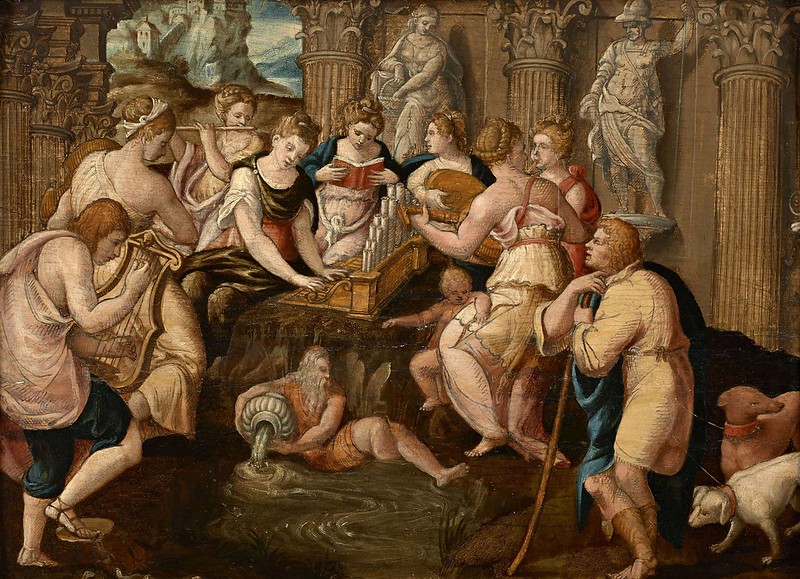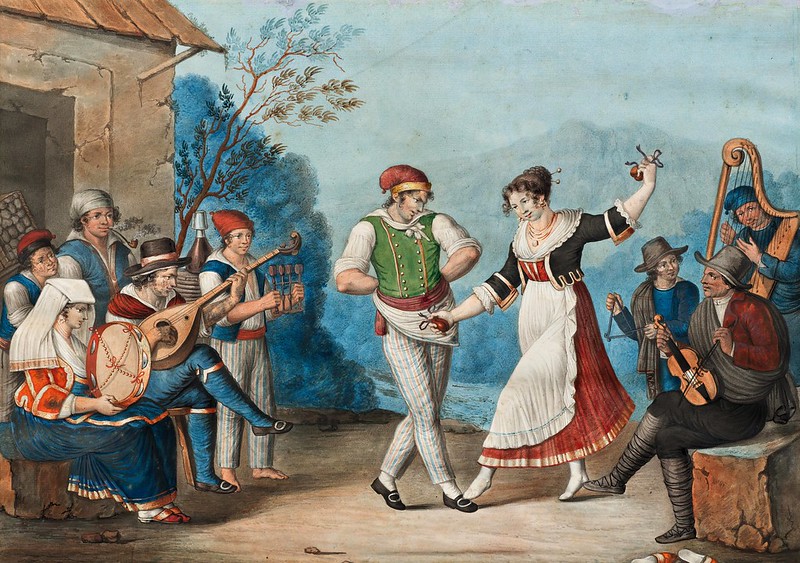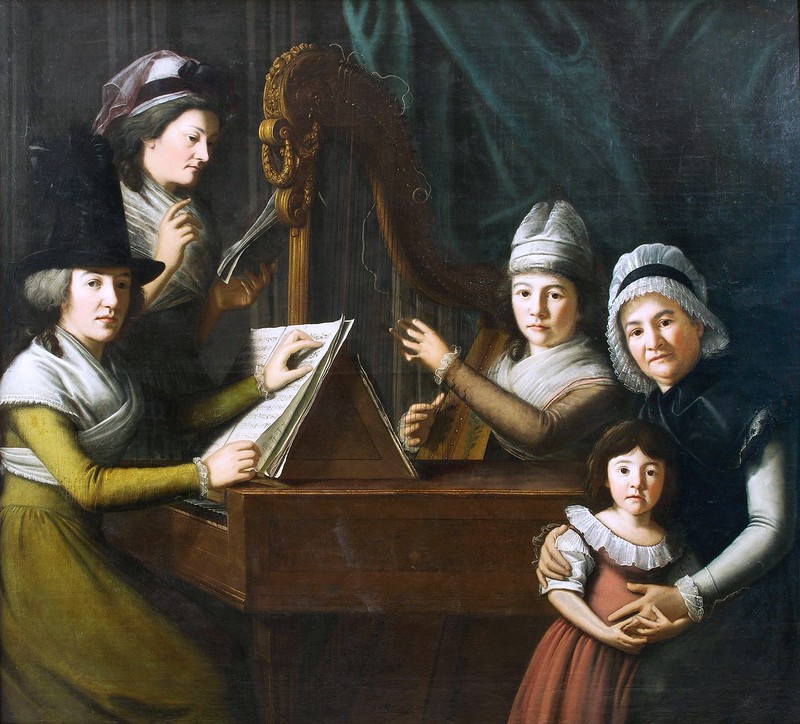Józef Elsner (1769-1854)
- Te Deum, Op.11 (1815)
Performers: Agnieszkа Tοmаszewska (soprano); Joаnna Dοbrаkοwska (alto); Kаrοl Kοzłοwski (tenor); Adаm Pаlkа (bass);
Capella Clаrοmontаna; Cаntores Minores Wrаtislаvienses; Jаrοsłаw Jаsiurа (conductor)
Further info: Józef Elsner (1769-1854) - Requiem in c (1826)
---
Polish composer and teacher of German origin. As a schoolboy he sang in
the church choir of Grodków. His interest in music developed while he
was a pupil at the Dominican school, then at the Jesuit Gymnasium in
Breslau (now Wrocław) (1781-88), where he sang the solo soprano part in
Graun’s Der Tod Jesu. He also sang in the opera chorus, played the
violin in chamber music and began to compose, chiefly religious music
(now lost). At the University of Breslau he read theology and medicine;
in 1789 he went to Vienna to study medicine, but gave it up for music.
In 1791-92 he was violinist and conductor of the opera orchestra in Brno
and from 1792 to 1799 in Lemberg (now L'viv), where he conducted the
theatre orchestra, composed symphonies and chamber music and began to
work on operas; at first he used German librettos, but after 1796 turned
to Polish texts, especially in collaboration with Wojciech Bogusławski,
organizer of the Polish National Theatre. He also arranged weekly
concerts for a musical society. In 1799 Elsner settled permanently in
Warsaw, where for 25 years he was in charge of the Opera, enriching its
repertory with his own works and training many eminent singers. All his
life he was very active as a teacher; he founded and organized several
music schools on different levels and was the author of a number of
works and textbooks. From 1817 to 1821 he taught at the School of
Elementary Music and Art, from 1821 to 1826 at the Conservatory and from
1826 to 1831 at the Main School of Music, where he was professor of
composition and rector. He taught many composers, above all Chopin. From
1802 until 1806 Elsner ran a music engraving shop in Warsaw, from which
he issued several publications, notably 24 numbers of the periodical
Wybór pięknych dzieł muzycznych i pieśni polskich (‘Selected beauties of
music and Polish songs’). In 1805 he was nominated a member of the
Warsaw Society of Friends of Science and in 1805-06, together with
E.T.A. Hoffmann, he ran the music club, where Beethoven’s symphonies
were among the works performed. He also founded the Society of the
Friends of Religious and National Music (1814). From 1811 to 1819 he was
correspondent of the Allgemeine musikalische Zeitung, and from 1802 to
1825 contributed many reviews and articles to the Polish press. He was
an honorary member of the music society of the Leipzig University
Paulinerkirche as well as of many music societies in Poland, and was
also a freemason. For his services to music he was awarded the Order of
St Stanisław in 1823, and three commemorative medals were struck in his
honour. Elsner was twice married, the second time to one of his pupils,
Karolina Drozdowska (1784-1852), a leading soprano at the Warsaw Opera.
